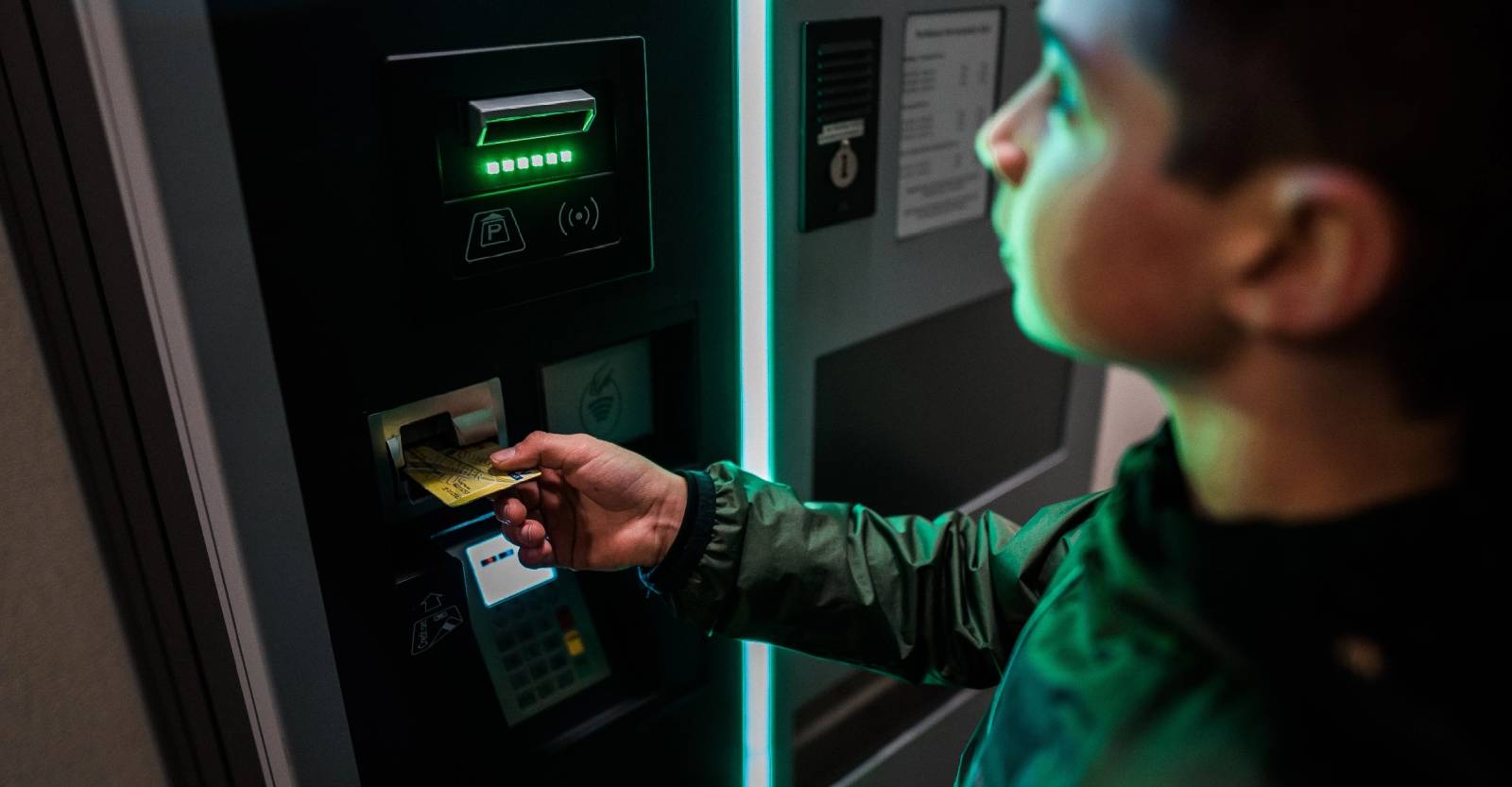BLOGS > DEVELOPMENT
The Evolution of Fintech - Financial Technology
Published on 28th September, 2022 5 min read

Fintech, short for Financial Technology, is at the forefront of all aspects of our life today. When living in a post - COVID world, from corporations to your local vendors, everyone has some form of fintech in their lives in more than one way.
The Early Days
Fintech in its early inception period was limited to complicated and high end work that dealt in areas of infrastructure, lending and trading. While fintech as a term is only relatively recent, the use of technology in finance can be dated back to as early as the middle of the 20th century. Before that time, fintech and its application was limited to the infrastructure that was available. Now archaic technologies such as telegraphs were used in wire transfers. But the introduction of credit cards in the 1950s truly ushered in the era of a new phase of fintech.

The Second Phase
This era set up the robust base for the modern age of fintech. While it was limited to the banking sector only, great strides of progress were made in this field. In the 1960s, the transition from analog to digital banking commenced. The introduction of the ATM revolutionized the way financial transactions were conducted, removing the need to go to banks to carry them out. You could also avoid long queues and have access to your own money at any point of the day.
Security and convenience have always been the main focus in the evolution and advancement of fintech. This also led to the opening of NASDAQ, the first digital stock exchange, also cementing the base for how financial markets are run today.
Like a domino effect, communication protocols for transferring large sums of money across the border were created that are still majorly in use today. Banking mainframes created in the 80s gave way to online banking. This started the transition from simply withdrawing cash from ATMs at your convenience to doing as many banking transactions as you can whenever you want, from wherever you want.
The e-commerce side of things was beginning to take shape in the early 90s. By the middle of the decade, business models for e-commerce were being made and operated on. The internet was in its nascent stage and as it evolved, so did conducting business on the internet. Online banking was reshaping how people perceived and used money and by the beginning of the 21st century, almost all of the internal processes of banking were digital. Retail interactions too had the same effect.

When looking back at the last decade and the few years before it, one can observe an increased emphasis on privacy and security. As banking and e-commerce flourished in multiple ways, the nature of the job market drove professionals from these established institutions to start their own companies. These startups explored new avenues in the market of fintech. These fintech startups went head to head with their former established players.
One of the most important modern day releases was the introduction of Bitcoin in 2009. The blockchain and various cryptocurrencies that were created made huge headlines later on, especially during and post Covid. Again, the decentralized and secure nature of the blockchain was extremely attractive to the public. They also stood up to major financial institutions and challenged them to think beyond what was already the status quo.
With the rise of smartphones and higher data speeds, technology too became affordable without compromising on quality in the last decade. Digital wallets were introduced, taking the ease of access of money transactions to its most convenient. Banking now moved from websites to smartphones with biometric security protected banking apps.
A Post Covid World
One can divide fintech in the modern era as pre Covid and post Covid. In a world where physical access was life threatening, fintech was tested at its most extremes. Not only was there progress made in fintech during these times, it also stood as a measurement of what works and what simply does not.
Crypto currency and the metaverse, despite being touted as volatile, are still finding emerging markets and buyers. Machine learning is helping consumers to get their needs met in a customized way. There now exist multiple types of fintech that can be explored. With an estimated global market value of $5 trillion and a projected growth of 23% in the next 5 years, fintech has evolved into an unstoppable entity of its own.
One should keep up with fintech trends as the years come by because this will not only help you as a person willing to make their living in this industry, but simply as a consumer, as fintech keeps penetrating all aspects of daily life.






